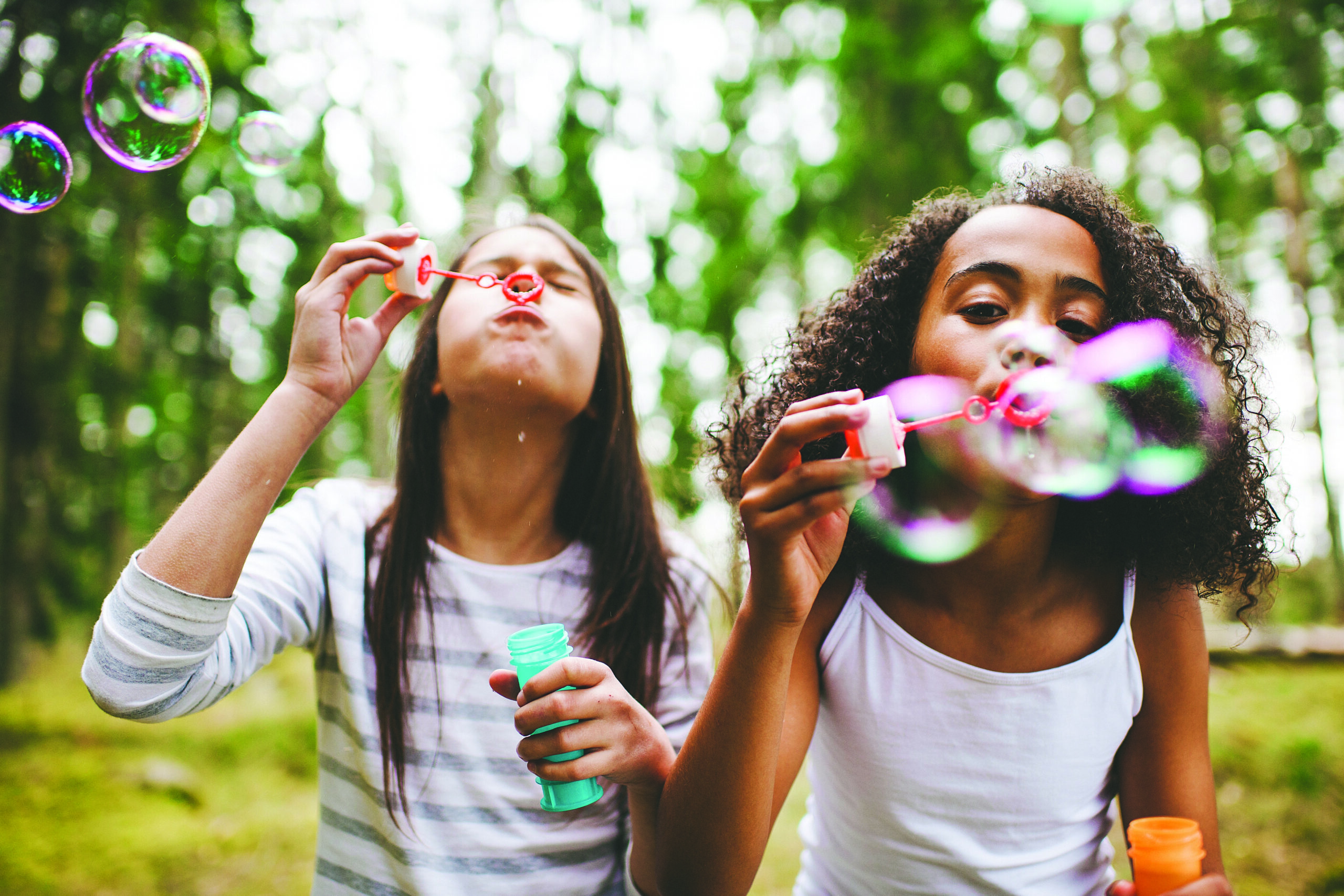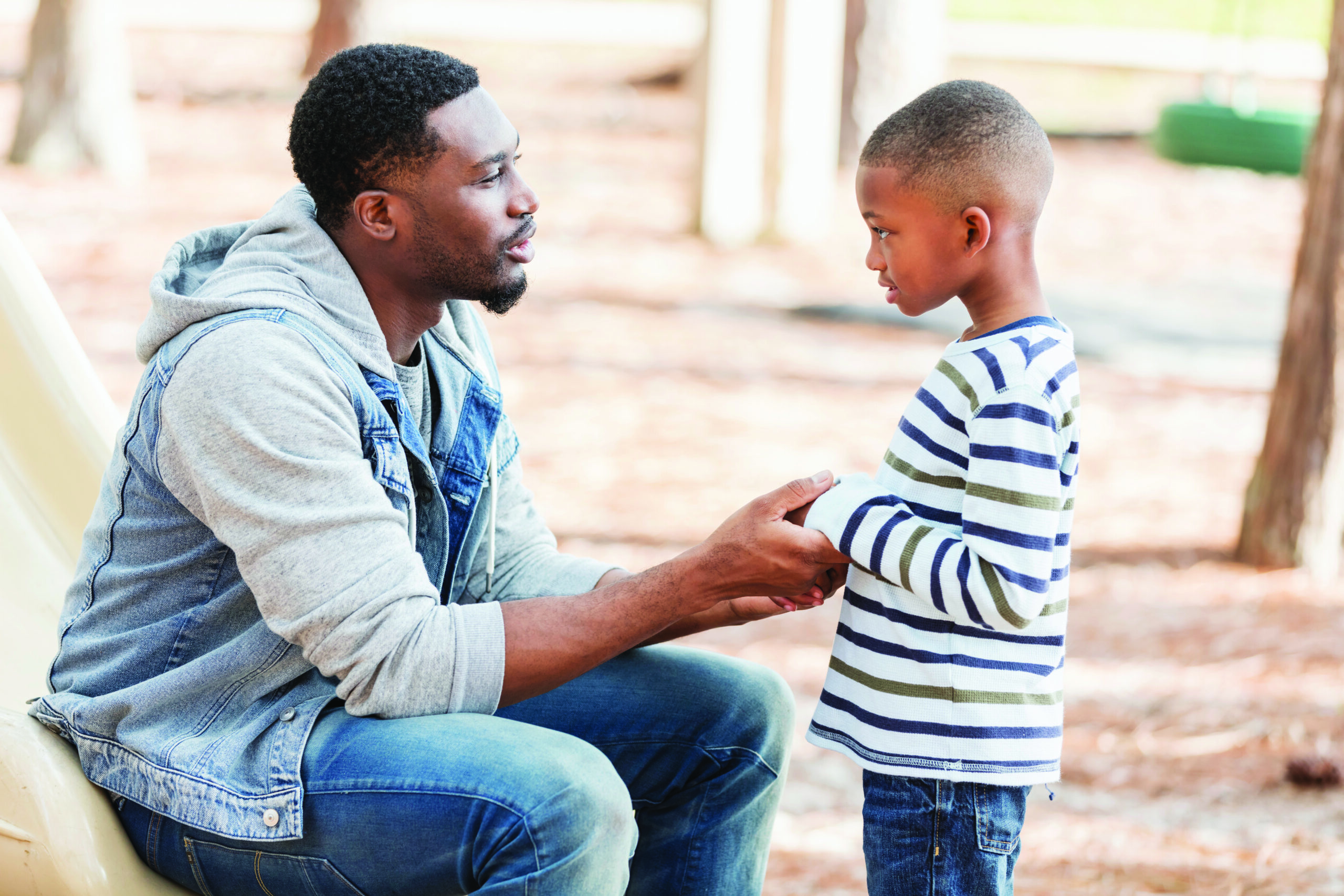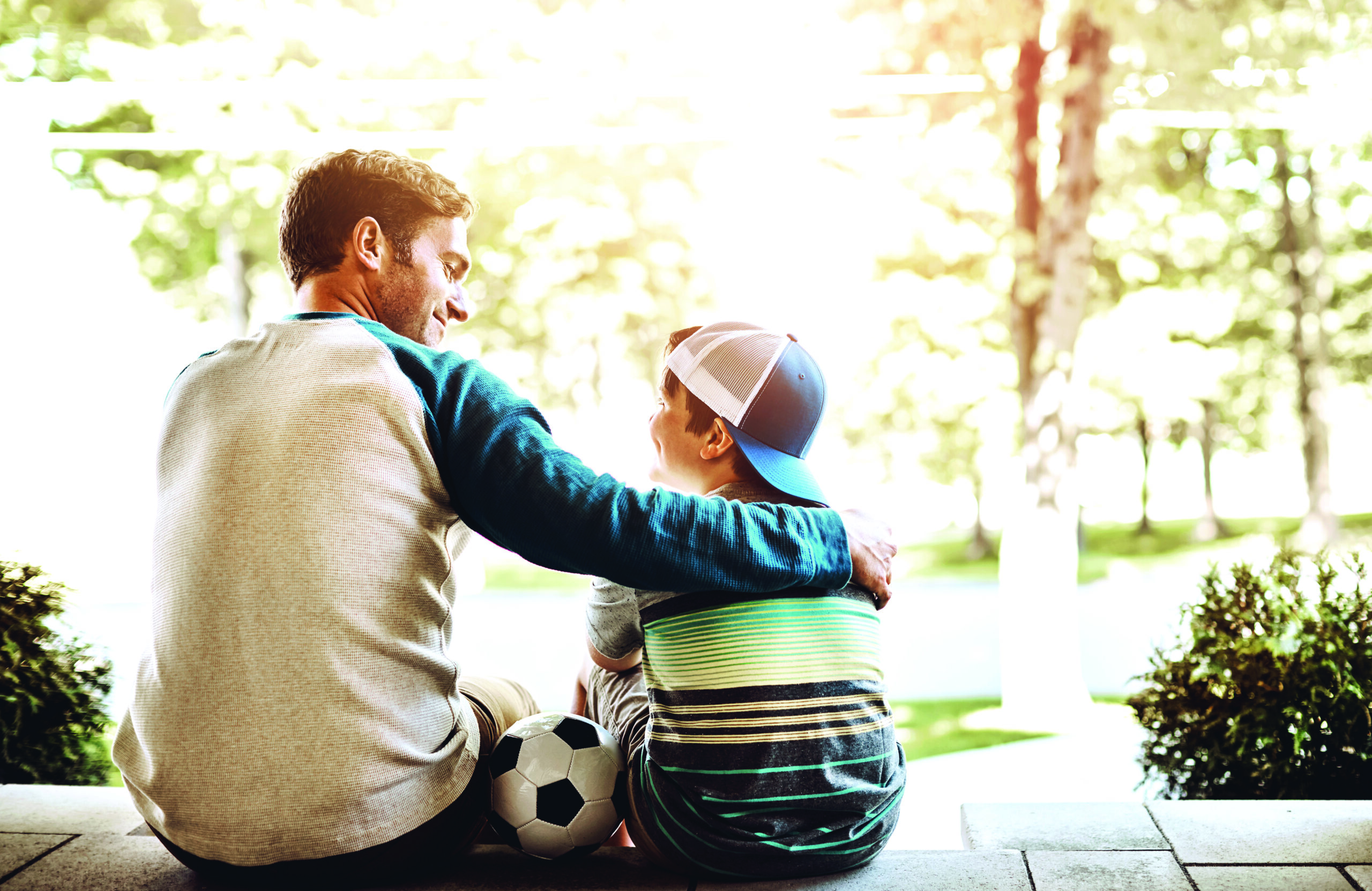by Keith Dozier
Helping children develop gratefulness for their experiences is one of the greatest gifts adults can offer to the young ones they love. Even very young people can easily learn the social norm of expressing appreciation. However, “appreciation” is merely an acknowledgment that something is good or useful. Gratefulness is more profound and can be more emotionally complex.
Gratitude Goes Beyond Learning to Regurgitate “Thank You”
It involves recognizing that something has value to them personally (examples: a gift, a kind word, a helping hand)and understanding how this adds value to their life, like providing happiness, comfort, relief from struggle, etc.
Gratefulness is essential for many reasons. It allows people to understand how fortunate they may be and prioritize the things most important to them. Further, instilling gratitude in children will enable them to develop and understand other complex emotional concepts, like empathy.
Recognizing the value that something adds to their life allows children to imagine ways they can add value to others’ lives. The holidays can be hectic and logistically challenging. School and family functions, travel and a focus on gifts may overwhelm families. However, the holidays also provide a perfect environment for teaching and experiencing gratitude.
Lead by Example
Parents can set an example of practicing gratitude by explaining the value that specific experiences have to them. It may be as small as thanking the child for opening the door for them when their hands are full.
Reinforcement Through Praise is Important
Next, when something positive happens to a child, have a conversation about what it means to them. Recognize that something has value generally (this is “appreciation”). Value can be aesthetic (beauty), practical (help to perform a task), entertaining (a game), etc. It is not just monetary. Then, after the value is recognized, talk with the child about how that thing positively added to their experience (“gratitude”). Connect the specific value of a gift or kind gesture to the child’s positive experience.
When they experience gratefulness, the child will soon recognize that their kindness can provide similar positive experiences or comfort for others. The holidays offer a perfect environment for appreciating the personal value of a gift or a kind word. It can also help a child understand the importance of giving.
Hands-on Experience in Giving to Others Helps the Child Develop Their Ability to be Grateful
It can be as simple as helping the child formulate a plan forgiving a small gift or a nice compliment to someone. Ask the child what they think may help make someone else happy. Maybe it is a handwritten note, a drawing or a card. It doesn’t have to be expensive. Ask the child how and why they think the gift will make the recipient happy. They are then learning how others may be grateful for their kindness and how they can make others’ lives better in simple ways.
Donating even modest gifts to a local charity or children’s hospital is a great opportunity to discuss how the gift may make another child’s life better. Volunteering at a local food bank to sort donations or helping a charity sort items after a clothing drive is a tangible experience to help the child understand how to be grateful.
Conclusion
The holidays are a perfect time and environment for instilling gratefulness in children. They can appreciate the personal value of things they receive and experience enhanced joy when giving to others.








Leave A Comment